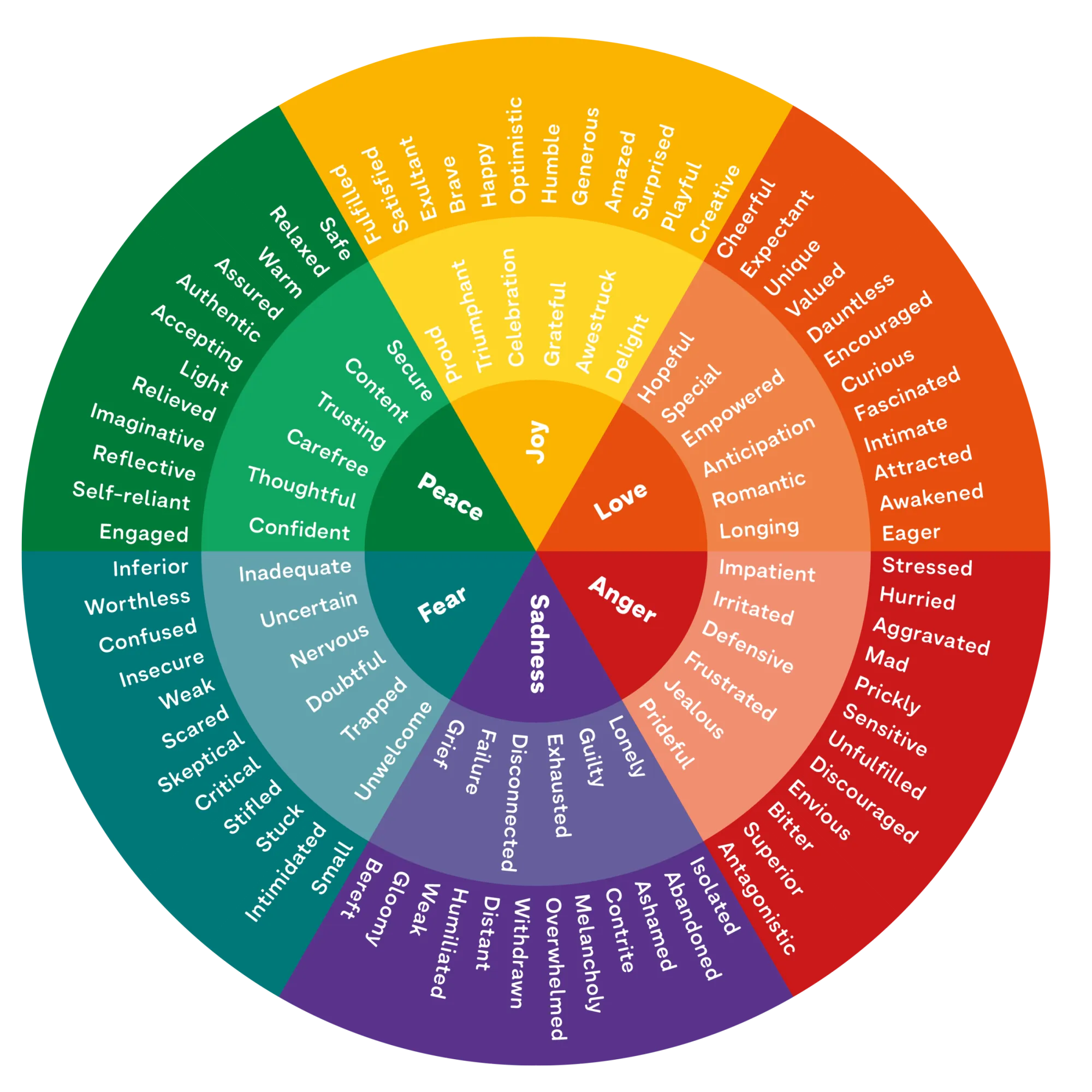How to Tell a Persuasive Story That Sells

You're trying to sell a product or service, but the potential customer is hesitant about spending their hard-earned money.
What's the best strategy to convince them they should buy?
List product features? No.
State factual numbers? No.
Show fancy charts? No.
Share a story? Yes.
Why is a story the superior way to persuade and sell?
A well-told story subtly imparts lessons, a method called 'teaching without telling,' which is subtle yet powerful.
What does 'teaching without telling' mean?
It means illustrating a product's benefits through a narrative, rather than asserting it directly.
Sharing a story demonstrates how someone discovered these benefits. The listener gets to relive the experience to better understand the product.
The listener learns through osmosis.
What a strange word, osmosis. What does it mean?
Osmosis, in this context, refers to the gradual and often subconscious absorption of ideas.
Imagine osmosis as a gate that controls the flow of a crowd; the wider it opens, the more people can pass through, similar to how effective storytelling allows more persuasive information to reach the audience."
Storytelling opens the gate wide, allowing a rush of persuasive information to pass through more effectively than any other communication method.
In addition to the osmosis factor, another factor that makes storytelling a powerful way to persuade is its sticky factor.
Stories stick, they're memorable.
CONFLICT
Now, let's discuss how conflict makes stories stick.
Stories stick in our minds primarily because they involve conflict, which evokes emotion. When there's conflict, there's emotion.
Think of conflict as anything keeping someone from achieving something. Conflict can be physical, like a storm, or abstract, such as fear.
The larger the conflict, the more emotionally invested we are in the story.
For example, we care more about someone striving to sustain their business during an economic depression than during a slow sales day.
The conflict is larger.
Another way to increase emotion is to raise the stakes, which are what will happen if the person doesn't overcome the conflict?
Consider the stakes involved in missing a deadline: a $50 fine is trivial, but a $500,000 fine could bankrupt a business and ruin a family? Now those are some large stakes.
A Simple Story Structure
How do you craft a simple story with conflict? Four elements:
- A character (aka person)
- A goal (aka desire)
- A barrier (aka conflict)
- A solution
Said in a sentence: A character has a goal and a barrier is keeping them achieving that goal until they find a solution.
The story is how you craft these four elements.
For example:
A CTO (character) is trying to implement a new CRM software (desire), but the software available is too expensive for their needs (barrier) so they made an in-house software (solution).
A different barrier and solution:
A CTO (character) is trying to implement a new CRM software (goal), but the employees are struggling to learn the software (barrier) so the CRM software company creates new tutorials (solution).
When crafting a story to tell, start with these basics.
Another way to think about a story is like a journey. The CTO is going from point A (no CRM software) to point B (employees happily using the CRM software). What barriers and solutions happen from point A to point B?
A simple story has one barrier. A more complicated story has multiple barriers. More barrier often means a more interesting story.
When you watch a movie, there is a ton of conflict. Typically, every scene will have a conflict between two people. One person desires one thing, while the other desires another.
For example, one character wants to go off and fight, and the other character wants them to stay home. They argue about it, and someone wins the argument.
Make The Character Relatable
So we have conflict, ideally, decently big conflict with stakes people care about. What else do we need to increase emotion and make the story memorable?
We need to make the audience care about the character.
How do we do that?
By making the character relatable. Here's how to do that. When setting up the story, talk about how the character:
- Deserves sympathy
- Is in jeopardy
- Is likable
- Is funny
- Is powerful
Let's break these down real quick because they are slightly confusing.
"Deserves sympathy" means someone is facing a circumstance due to no fault of their own, such as a rival stealing a product idea. We naturally root for someone dealing with undeserved misfortune. It naturally creates emotion.
"Is in jeopardy" means the person is facing danger, such as potentially losing a business location due to a steep rent increase. The danger doesn't have to be physical, it could be emotional or psychological. When in danger, the audience naturally worries for the character.
"Is likable" means the character engages in behaviors that are naturally admired, such as kindness, loyalty, or bravery. An easy way to be likable is to show consideration for others, such as mentoring new employees and showing genuine care for employee growth.
"Is funny" means humorous and could be a sharp wit, such as someone who lightens the mood on serious topics. Someone who can ease tension while also being respectful of others.
"Is powerful" means someone who is good at their job. We like those who are good at what they do. For example, a manager with creative strategic thinking who can turn around struggling marketing campaigns.
Now, typically, the more of these relatable factors you can use when setting up a story, the more we will relate and connect with the character.
Setting up these characteristics is not easy to do. Typically, in a good movie, they will use at least three of these to introduce a character.
Many poorly rated movies don't do this for the main character, also called the protagonist. Because the protagonist isn't relatable, we end up not caring for the protagonist, we don't root for them to overcome the conflict.
Next time you watch a movie try to identify these characteristics, typically within the first ten minutes of the movie.
The Inner Journey
To make a story more persuasive, the last aspect of storytelling to consider is the "inner" or "emotional journey" that occurs in the character.
I find the inner journey the most difficult part of a story to craft. But when done well, the inner journey is what will make the story memorable for years.
Yes, literally years.
The "outer" journey is what we've mostly been discussing. The outer journey is the visual goal the character would like to achieve, which could be to make more sales, complete a project, or secure a crucial business investment.
Typically you can see the outer goal either in person or on paper.
The "inner journey," in contrast, is the character's emotional and psychological growth throughout the story.
Often in a movie, the main character lacks a quality and the conflict in the story helps them develop that inner quality.
For example, if the outer journey is securing a business investment, the inner journey is learning to trust your instinct, something you've struggled with your entire life. Another example is overcoming a deep-seated fear of failure that they've lived with.
Discussing this inner transformation is what creates a deep and long-lasting connection with the audience.
The audience feels sympathy for you and is rooting for you.
Now, there's an art to the inner journey. Maybe you shouldn't share all the details of why you have a deep-seated fear of failure. Particularly in a business context. However, some type of inner journey should be shared.
An example of a softer inner journey may be to become a successful business owner to provide for your family and sick mother.
My only tip for crafting the inner journey is that you have to know emotions well. If you struggle to identify emotions, particularly within yourself, it's going to be difficult to craft the inner journey.
When crafting the inner journey, literally look at an emotions wheel and use emotions from it:

The Finale
Now that you have the basic elements of a story, are you ready to start crafting?
Well, maybe not yet. Crafting stories is really difficult, it's often something we don't do in our day-to-day. We consume a lot of stories in movies and shows and the news. But we don't craft like we used to before the influx of entertainment at our fingertips.
At first, writing and telling a story may feel awkward. It's a new way to communicate information. Especially, if you include emotion and aren't used to communicating in that way. It definitely wasn't and still is a struggle for me.
However, I hope you get to experience the feeling I have when telling a story. Telling a story grabs attention and keeps it like no other communication method. It connects with people like you never have before.
And when you get the storytelling elements in place, it feels natural, like it's something you should have been doing all along.
Keep learning story, it's worth the investment.